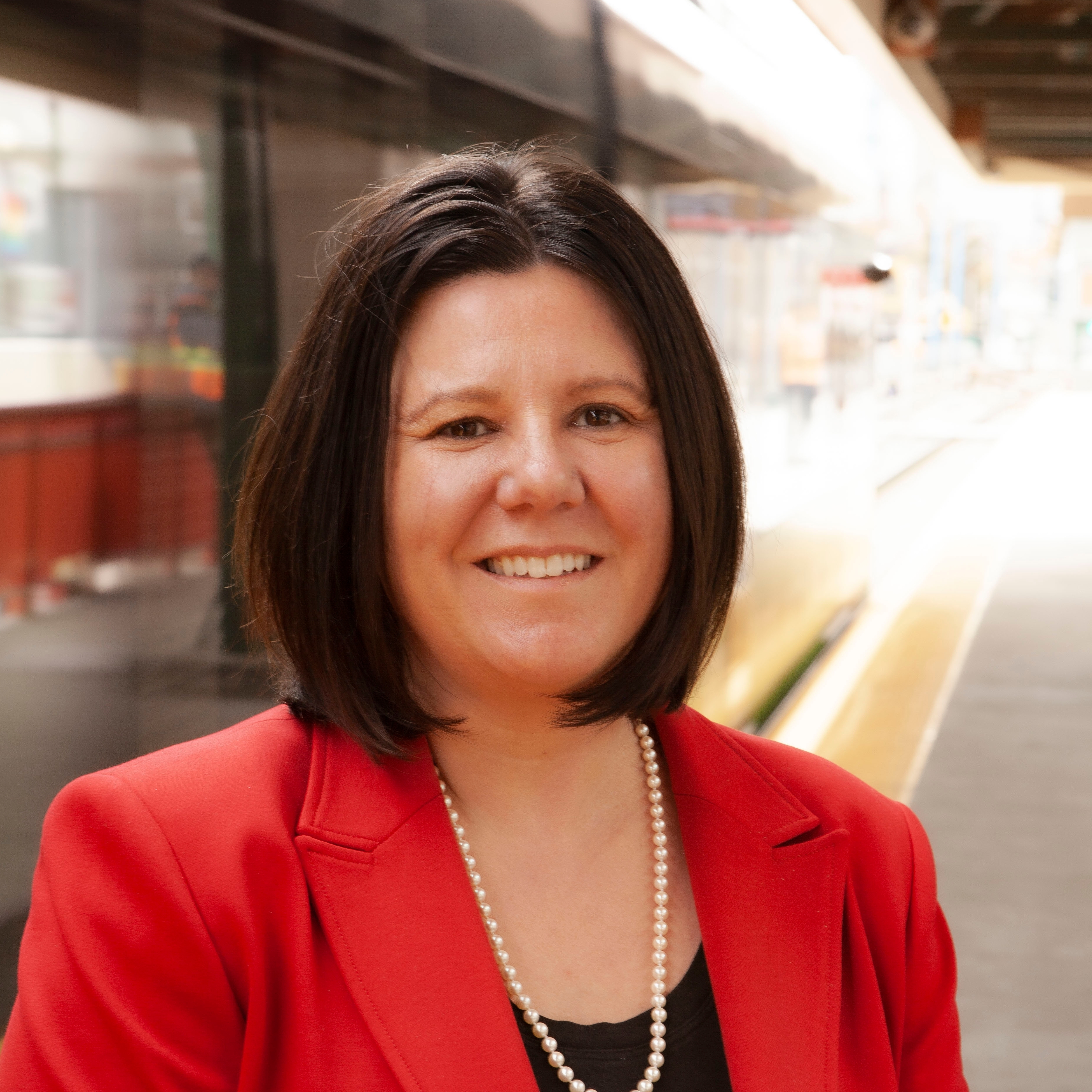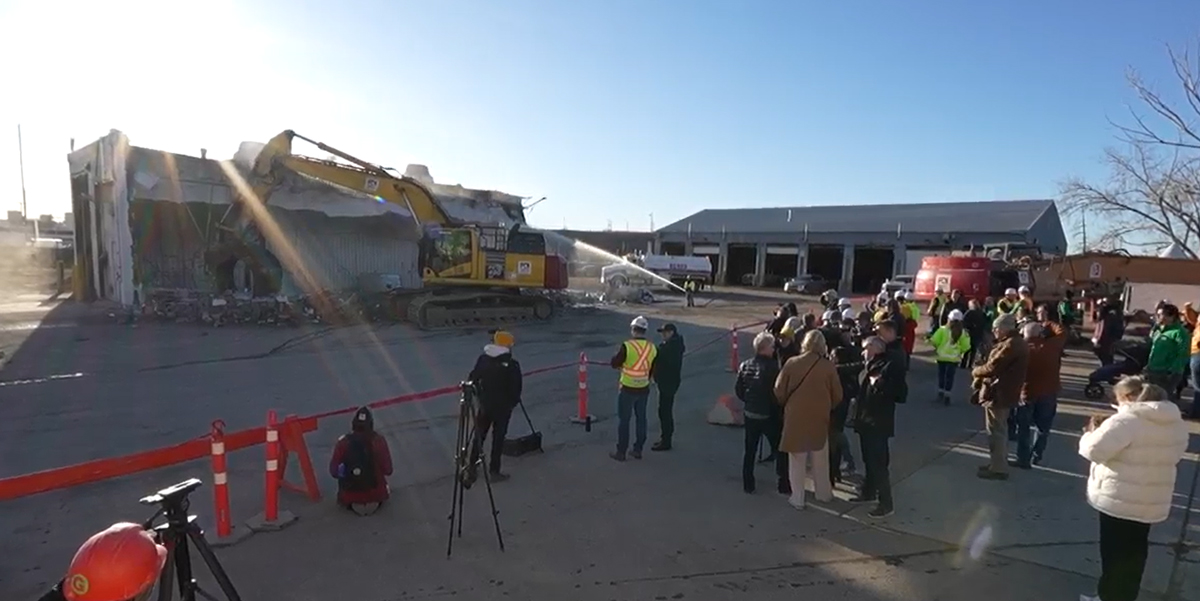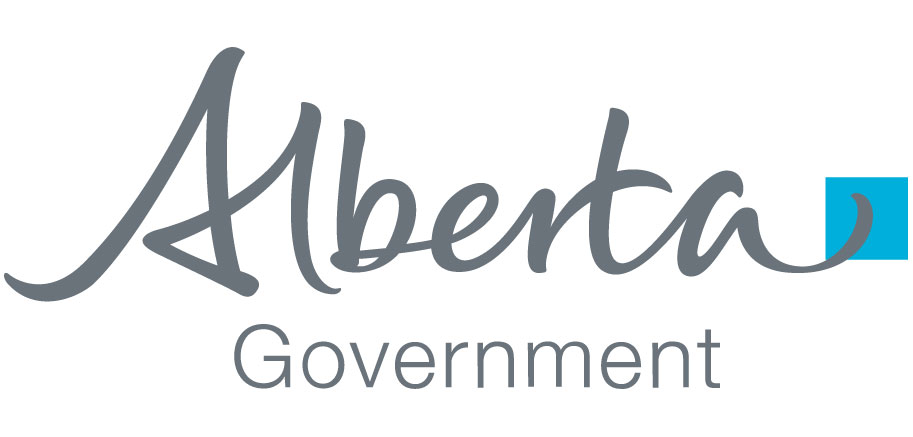Green Line's new low floor trains will be winter-ready

Calgary’s winters can be extreme with temperatures dipping below -30 degrees Celsius and rising into the teens during a warm chinook. How do these temperatures impact the performance of light rail vehicles (LRVs), and how is Green Line testing and preparing for this?
After a competitive procurement process, Construcciones y Auxiliar de Ferrocarriles (CAF), a Spanish train manufacturer, was awarded the contract to supply Green Line with 28 low floor LRVs. The Urbos 100 LRVs will mark an exciting new era for light rail transit in Calgary, as they are the first low floor vehicles to be used in Calgary, and the first time an Urbos 100 model will be used in Canada.
But Calgary will not be the first cold, snowy city the Urbos 100 has been used in; you can find this model in Oslo Norway, Stockholm Sweden, and Tallinn Estonia. In addition, similar low floor LRT systems are running in many other snowy North American cities such as Toronto, Waterloo, and Salt Lake City.
Calgary Transit has over 40 years’ experience operating LRVs in the Calgary climate, and the lessons learned over this time have been incorporated into the vehicle contract with CAF. Considering everything from salt corrosion on the vehicles to extreme cold and heat, we have taken what works (and what doesn’t work) in Calgary and incorporated that into the design of the new trains.
Climate chamber testing is another tool we’re using to ensure the Urbos 100 can perform in Calgary’s conditions. This is a stress test for LRVs, which closely emulates real climate conditions. The first manufactured LRV will go inside an indoor climate chamber where humidity, temperature and other conditions can be adjusted. The temperature will be lowered to -40 degrees Celsius, to test:
- Insulation of the vehicle body
- Accumulation of ice and snow in the door areas
- Functionality of window wipers, windscreen heaters and doors
- The braking system in extreme cold and snow

The amount of snowfall is an important factor to consider too. Most of the Green Line LRT alignment, apart from the underground section, is planned to be a ballasted-track system, which means the rails sit on a bed of crushed rock (just like much of Calgary’s current LRT system). The rock bed allows for significant snow collection and snow-melt drainage, so large snowfalls should not pose concerns.
Manufacturing of the Green Line LRVs is expected to start in September 2024, with vehicles starting to arrive in Calgary in 2027.
Related stories
-

Q&A with Sharon Fleming, Director of Calgary Transit
Oct. 4, 2023



